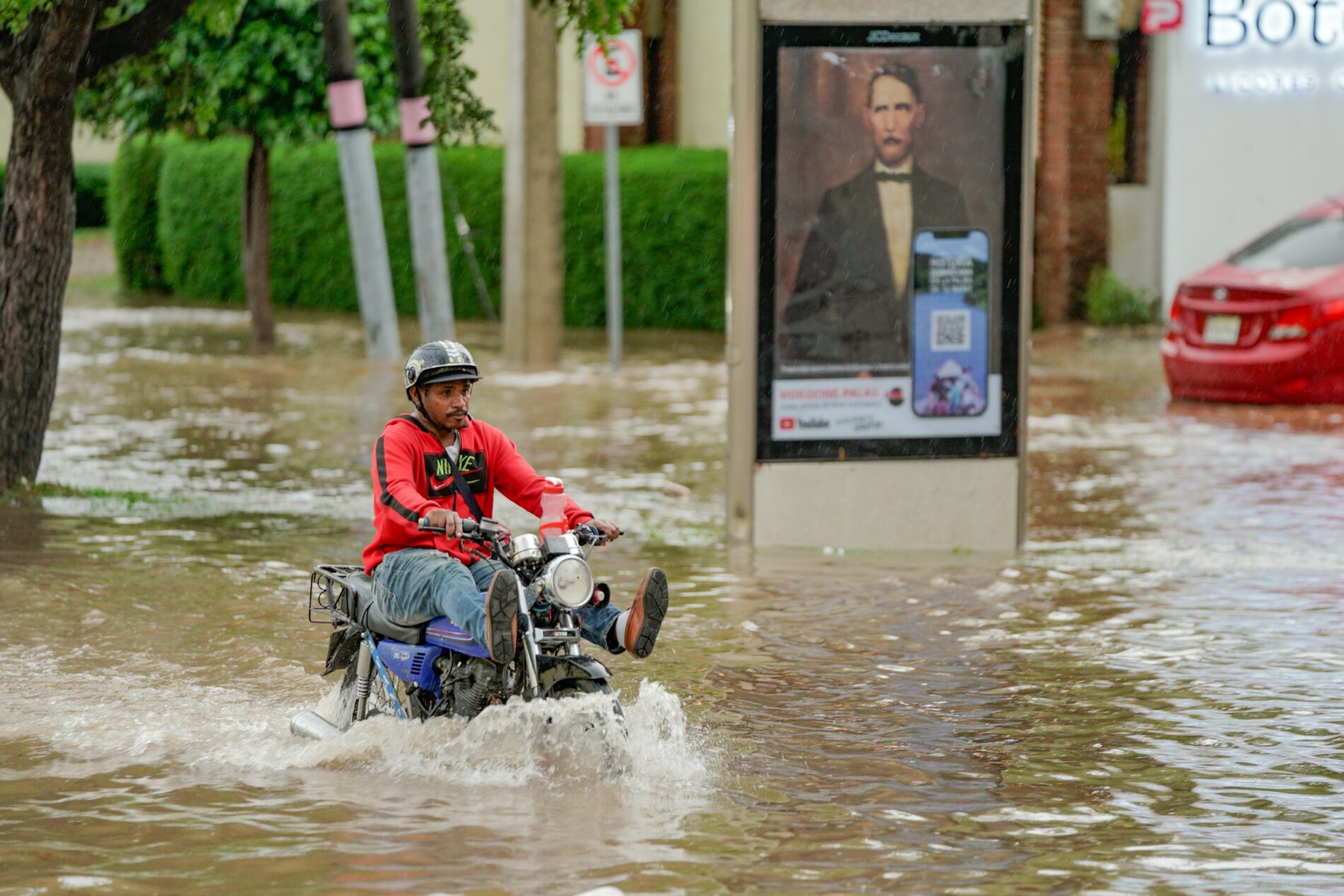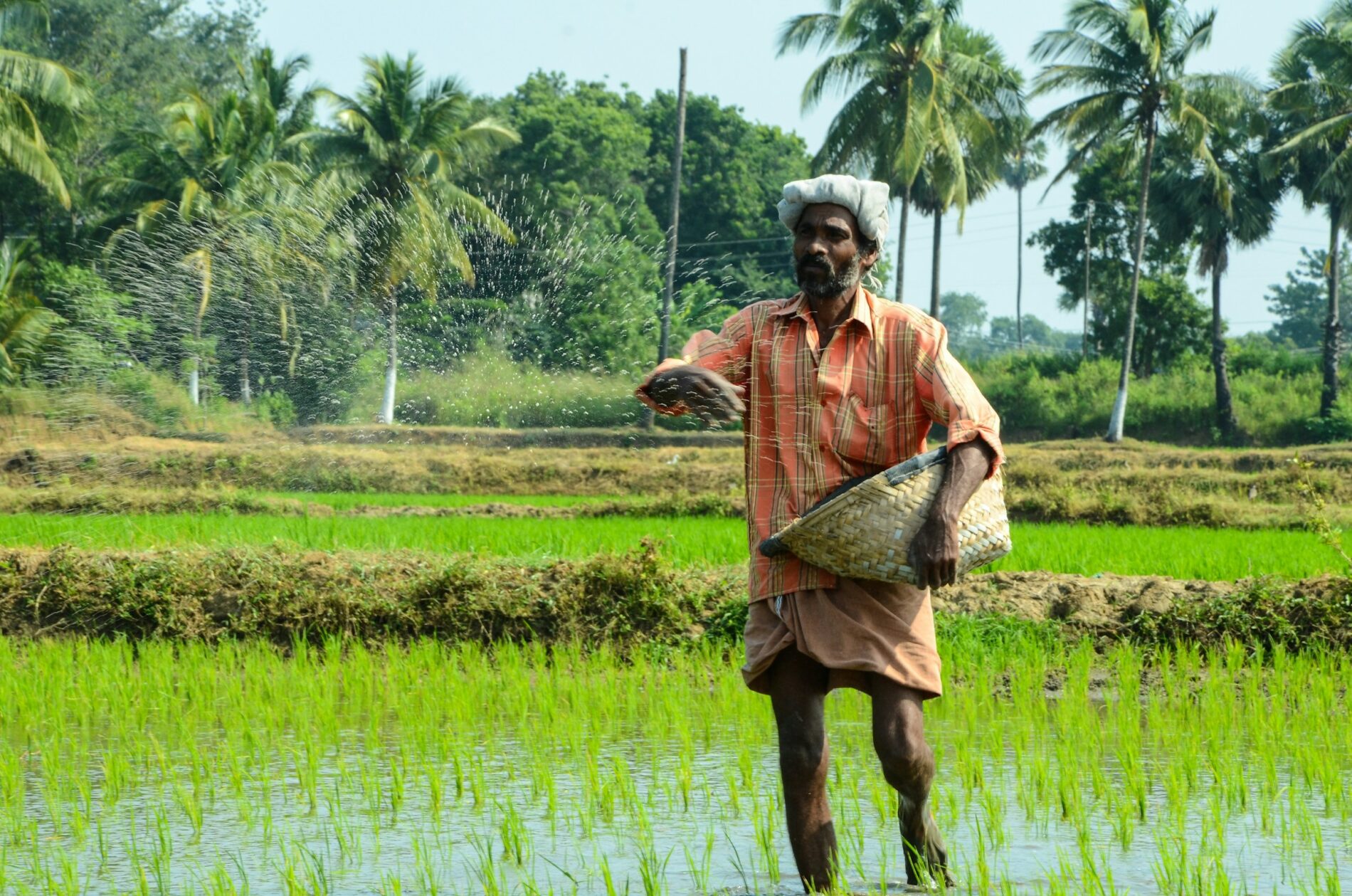The 30th Conference of the Parties (COP30) in Belem, Brazil, officially begins on Nov. 10, 2025.
As usual, the climate conference will focus largely on multilateral agreements to limit rising temperatures. But in the lead-up to this year’s conference, organizers, experts, and even Bill Gates emphasized a different priority: investing in climate resilience and adaptation, especially in developing countries.
According to a recent UN report, adaptation measures like seawalls and elevated buildings are receiving far too little funding.
Yet optimism remains that more funds could be coming. Investments in climate resilience and adaptation are considered to be financially sound, and Brazil is using its platform as the host of COP30 to establish a roadmap for further investment.
Experts and organizers alike hope the conference will be a turning point for global climate resilience.
Why Resilience and Adaptation are Essential
Climate resilience helps communities to survive and recover from the consequences of climate change.
For example, enhanced drainage systems reduce damage from flooding, while drought-resistant crops can prevent devastating famines. These measures are essential because, even if humanity reduces emissions and limits global warming, climate change is bound to impact communities.
In fact, many of those impacts are already here. Warmer temperatures are currently causing wildfires, devastating ecosystems, and worsening storms and making them more frequent.
 Floods like this one in the Dominican Republic could become less harmful with enhanced climate resilience measures. Photo Credit: Aldward Castillo
Floods like this one in the Dominican Republic could become less harmful with enhanced climate resilience measures. Photo Credit: Aldward Castillo
A report from the Lancet Countdown found that climate change already causes millions of deaths each year.
“This year’s health stocktake paints a bleak and undeniable picture of the devastating health harms reaching all corners of the world,” said Marina Romanello, Lancet Countdown’s executive director. “The destruction to lives and livelihoods will continue to escalate until we end our fossil fuel addiction and dramatically up our game to adapt.”
Funding for Resilience Continues to Underwhelm
Despite their lifesaving potential, resilience and adaptation measures suffer from perennial underinvestment.
The UN’s 2025 Adaptation Gap Report found that vulnerable countries received just $26 billion for climate adaptation projects in 2023. To properly adapt to climate change, these countries will need to receive over $310 billion per year by 2035. That means adaptation funding must reach almost 12 times its current level.
 Funding for drought-resistant crops and other climate adaptation measures remains drastically inadequate, especially in developing countries. Photo Credit: Wilsan U
Funding for drought-resistant crops and other climate adaptation measures remains drastically inadequate, especially in developing countries. Photo Credit: Wilsan U
Experts note that funding shortfalls are costing underprivileged communities.
“Scarce financial support for adaptation remains a key barrier,” said Romanello. And with some wealthy countries reducing aid, the decreased support is “leaving all populations increasingly unprotected.”
Resilience Represents a Sound Investment
Evidence suggests that resilience projects do more than help communities. They also pay for themselves — and then some.
A recent report published by the sustainability-focused company Systemiq argues that, on average, every dollar invested in climate resilience produces $4 in economic benefits. The report also found that adaptation-related investments could create 280 million jobs by 2035. And in some countries, smart resilience investments could increase GDP by 15%.
 A recent study by Systemiq found that seawalls and other climate adaptation measures have a positive economic impact. Photo credit: Martha Monjaras
A recent study by Systemiq found that seawalls and other climate adaptation measures have a positive economic impact. Photo credit: Martha Monjaras
Having recognized this convergence of social and economic interests, business leaders are promoting further investments in climate resilience.
In an open letter ahead of COP30, the Alliance of CEO Climate Leaders called on businesses to “[d]irect capital towards climate-proofing facilities, diversifying supply chains, and strengthening infrastructure to safeguard operations and communities against extreme-weather risks.” This, the CEOs say, will bring both resilience and economic growth.
Bill Gates, the billionaire founder of Microsoft, also recently advocated for a shift in climate priorities. He wrote that, while limiting global warming remains a worthy goal, “[h]eath and prosperity are the best defense against climate change.” That means countries and international bodies should seek to boost climate resilience.
Brazil Makes Resilience a Priority for COP30
As the holders of the COP30 presidency, Brazil has a major role in setting the conference’s agenda. In large part, Brazilian leaders have made resilience and adaptation the centerpiece of their approach.
COP30 President André Corrêa do Lago has issued “a call for urgency and for concrete results on adaptation at COP30.”
And when discussing adaptation and resilience, Ana Toni, COP30’s executive director, promised that “COP30 will give higher priority to the issue.“
 COP30 President André Corrêa do Lago has emphasized the importance of climate adaptation and resilience. Source: COP30 Brasil Amazônia
COP30 President André Corrêa do Lago has emphasized the importance of climate adaptation and resilience. Source: COP30 Brasil Amazônia
Many of the negotiations at COP30 will likely focus on the intersection of finance and resilience.
Since the conclusion of the COP29 conference last year in Baku, Azerbaijan, the Brazilian team has been advocating for the Baku-to-Belém Roadmap — a plan to establish $1.3 trillion in annual climate-related funding for developing nations. These funds could be used for all sorts of climate-related investments, including climate mitigation and climate resilience. But for President Corrêa do Lago, it seems resilience is the main priority.
In an open letter, Corrêa do Lago wrote:
“The imbalance between mitigation and adaptation weakens collective resilience and perpetuates structural inequalities.”
Using increased funding to address that imbalance will likely be a central theme at COP30.
Related articles: What to Expect at COP30 | From Caves to COP30: Comparing the Neanderthals and Modern Humans
Amid Climate Pessimism, Resilience Offers Hope
A series of recent events has made some observers pessimistic about what COP30 can achieve. The U.S. has pulled out of the Paris Agreement, climate policy progress is slowing, and multilateral negotiations have faltered.
Furthermore, countries have recently submitted climate plans, called Nationally Determined Contributions (NDCs), that experts largely consider inadequate. Based on the current pledges, the goal of limiting global warming to 1.5 °C appears to be unattainable.
 Belem, Brazil, will host COP30, which begins on Nov. 10, 2025. Photo credit: Evandro Maia Neves
Belem, Brazil, will host COP30, which begins on Nov. 10, 2025. Photo credit: Evandro Maia Neves
But amid these setbacks, the potential for increased investments in adaptation and resilience provides hope that COP30 could prove consequential.
“COP30 must be a turning point,” said Dr. Pep Bardouille, director of the Bridgetown Initiative, a Barbados-based project to reform international finance. She called the conference an opportunity “to rewrite the rules, recognize the true returns on resilience, and unlock the scale of finance vulnerable nations need.”
UN Secretary-General António Guterres sees both the urgency and the possibility of climate resilience. “Adaptation is not a cost – it is a lifeline,” he recently said. “Closing the adaptation gap is how we protect lives, deliver climate justice, and build a safer, more sustainable world. Let us not waste another moment.”
Editor’s Note: The opinions expressed here by the authors are their own, not those of Impakter.com — In the Cover Photo: A sign at the COP29 conference in Baku promotes COP30 in Brazil. Cover Photo Credit: COP29
